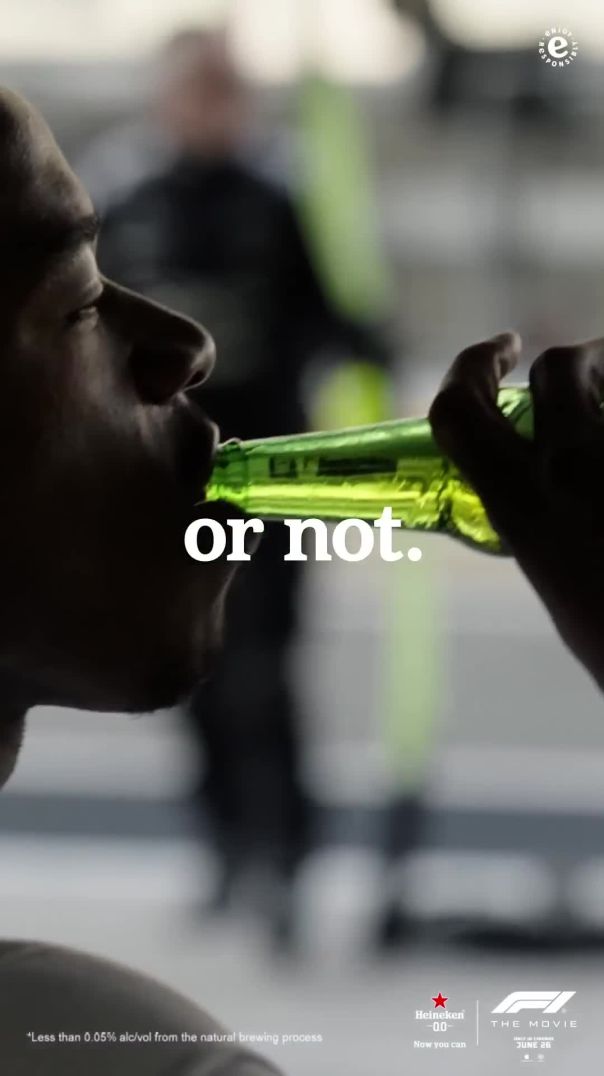The allure of New Zealand's roads lies not only in their breathtaking scenic beauty but also in their notorious reputation for danger. As you navigate through the dramatic landscapes, ranging from the lush greenery of the North Island to the rugged terrains of the South Island, the experience can be both exhilarating and perilous. But what makes these roads so unique, and how can technology play a role in mitigating their risks?
Expert Opinion & Thought Leadership
New Zealand is renowned for its stunning landscapes, attracting tourists and locals alike to explore its winding roads. However, this natural beauty comes with inherent risks. According to the Ministry of Transport, New Zealand had 318 road fatalities in 2020, a concerning figure considering its relatively small population. The combination of challenging terrains, unpredictable weather, and narrow roads contribute to the country's road safety challenges. But how can technology enthusiasts contribute to making these roads safer?
Tech-Driven Solutions to Enhance Road Safety
Innovative technologies are increasingly being leveraged to improve road safety. For instance, real-time traffic monitoring systems using AI and IoT can provide drivers with instant updates on road conditions, helping them make informed decisions. The integration of GPS technology with predictive analytics can forewarn drivers of potential hazards, reducing the likelihood of accidents.
Moreover, New Zealand's government is investing in smart infrastructure to enhance safety. The Ministry of Business, Innovation, and Employment (MBIE) has allocated funds for developing intelligent transport systems that incorporate vehicle-to-everything (V2X) communication. This technology allows vehicles to communicate with each other and with traffic infrastructure, providing a seamless flow of information and increasing road safety.
How It Works (Deep Dive)
Challenges and Opportunities
While scenic roads are a significant draw for tourists, they also pose unique challenges. Narrow lanes, sharp turns, and limited visibility can catch even the most experienced drivers off guard. The unpredictable weather patterns, particularly in mountainous regions, add another layer of complexity. These factors make it crucial for New Zealand to adopt cutting-edge technologies to enhance road safety.
Case Study: Integrating AI in Traffic Systems
Case Study: Auckland's Smart Traffic Management – Enhancing Safety and Efficiency
Problem: Auckland, a bustling city with a growing population, faced increasing traffic congestion and road safety issues. The traditional traffic management systems were insufficient to handle the city's demands, leading to frequent accidents and delays.
Action: To address these challenges, Auckland implemented a smart traffic management system using AI and IoT. The system collects data from various sensors and cameras across the city, analyzing traffic patterns in real-time. AI algorithms optimize traffic flow by adjusting signal timings, reducing congestion and improving road safety.
Result: Within a year of implementation, Auckland saw a significant reduction in traffic congestion and accidents:
- Traffic congestion decreased by 30%
- Road accidents reduced by 25%
- Travel times improved by 20%
Takeaway: This case study highlights the potential of AI-driven traffic systems in enhancing road safety and efficiency. New Zealand can leverage similar technologies across other regions to mitigate the risks associated with its scenic yet dangerous roads.
Common Myths & Mistakes
Despite advancements in technology, several myths persist regarding road safety in New Zealand:
- Myth: "Scenic roads are always safe to drive on." Reality: While visually appealing, these roads often have hidden dangers, such as sharp turns and limited visibility, requiring heightened caution.
- Myth: "Weather conditions are always predictable." Reality: New Zealand's weather can change rapidly, especially in mountainous areas, posing unexpected challenges for drivers.
- Myth: "Technology alone can prevent accidents." Reality: While technology plays a crucial role in enhancing safety, responsible driving practices remain essential to prevent accidents.
Future Trends & Predictions
The future of road safety in New Zealand looks promising with the integration of advanced technologies. By 2030, it's predicted that 50% of vehicles on New Zealand roads will be equipped with V2X communication systems, significantly enhancing safety and reducing accidents. Furthermore, the government's continued investment in smart infrastructure will likely lead to more efficient and safer road networks.
Final Takeaways
- Fact: New Zealand's roads are both scenic and dangerous, requiring a balance of technology and caution.
- Strategy: Implementing AI-driven traffic systems can significantly reduce accidents and improve road safety.
- Mistake to Avoid: Underestimating the unpredictability of New Zealand's weather conditions while driving.
- Pro Tip: Utilize real-time traffic apps for updates on road conditions and potential hazards.
New Zealand's roads offer unparalleled beauty but come with inherent risks that require a combination of advanced technology and responsible driving. As we move towards a future of smart transportation, the integration of AI and IoT will be pivotal in ensuring safer journeys for all. What strategies do you think can further enhance road safety in New Zealand? Share your thoughts below!
People Also Ask (FAQ)
How does technology improve road safety in New Zealand?
Technology enhances road safety through AI-driven traffic systems, real-time monitoring, and V2X communication, reducing accidents by optimizing traffic flow and providing instant updates on road conditions.
What are the biggest misconceptions about New Zealand's roads?
A common myth is that scenic roads are inherently safe. However, their sharp turns and unpredictable weather make them challenging, necessitating advanced tech and cautious driving for safety.
What future trends will impact New Zealand's road safety?
By 2030, 50% of vehicles will have V2X systems, enhancing safety. Smart infrastructure investments will further reduce accidents and improve traffic efficiency across the country.
Related Search Queries
- New Zealand scenic drives
- Road safety technology
- AI in traffic management
- V2X communication systems
- New Zealand road accident statistics
- Smart infrastructure in New Zealand
- Weather impact on driving safety
- Future of transportation in New Zealand
- Real-time traffic updates NZ
- AI and IoT in road safety

































angelinamakows
1 month ago